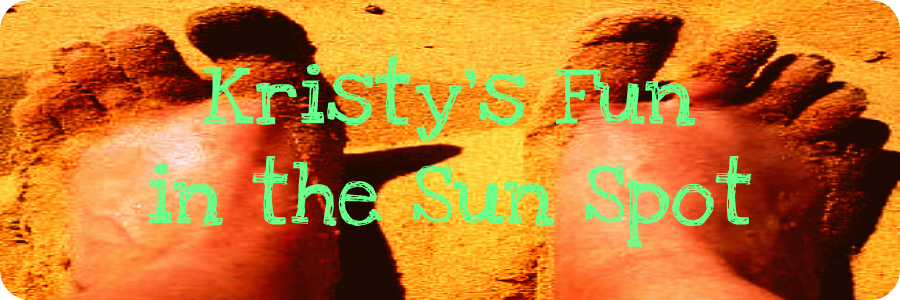For this section, I read the months June, July, and August which also are the summer months. The pages covered were 65-128.
The main topics covered during this section was how to find local farmer's markets within their 100 mile area and getting all the main food groups. Since it is summer, and many products are blooming they were on the hunt for wheat, greens, and anything other than potatoes. They travel all over to find new varieties of thing. The best example I thought was when they drove to Seattle, WA (they crossed the border), and went to local shops. They feel in love with nuts and cheese and other goodies they hadn't seen in who knows how long, but they remembered that they would have to cross the border to get back into Canada, and the border patrol was not too fond of the transportation of food products. Through much debate among James and Alisa, they finally settled to "smuggle" cheese into Canada. I just found it to be an entertaining part of the story, because who would ever think that it would really be an issue to bring food to eat to your home, big deal that you drove through an imaginary line to get there. Another topic discussed in this section, was during the month of August they went to their cabin in Dorreen. This cabin was essentially isolated from the world. So they lived off the land and one farmers market they went to on day one. Thus they bought things that they hoped would last for 30 days in the heat because they did not have a refrigerator at their cabin. Their neighbor gave them canned salmon and they had cherry trees. It was interesting to watch them adjust to another environment in the story.
This section provided a lot more words that were new to me. The first being
prawns, which seem to be a form of shrimp. James and Alisa were very excited when they were able to get prawns since it was something different and something they enjoyed. Another interesting term I learned is
succotash, it is a dish with peppers, beans, and tomatoes, and was popularly during the Great Depression since it was readily available. Lastly, I learned the term
autochthon, which is referring to the indigenous people to the area. The most significant thing I have learned thus far in this book is that it is possible. You can eat locally, yes it may be difficult and you may not always get exactly what you want, but you can do it. You improvise and come up with new creations and have a fun adventure in the process.
I think it is important to pay attention to what is produced locally around you. In the end, you and entire world benefits from your decision to eat locally, sure it mind be hard at first, but James and Alisa are six months in and they are really getting the hang of it. I definitely think it is possible. I already catch myself questioning what is or is not locally grown foods. They are learning local farmers' names and in return are told when certain crops come in so they can get the first pick. It is really fun reading about how this transformation is taking place and I hope I can instill enough knowledge in you, so you will attempt to eat local foods too.




